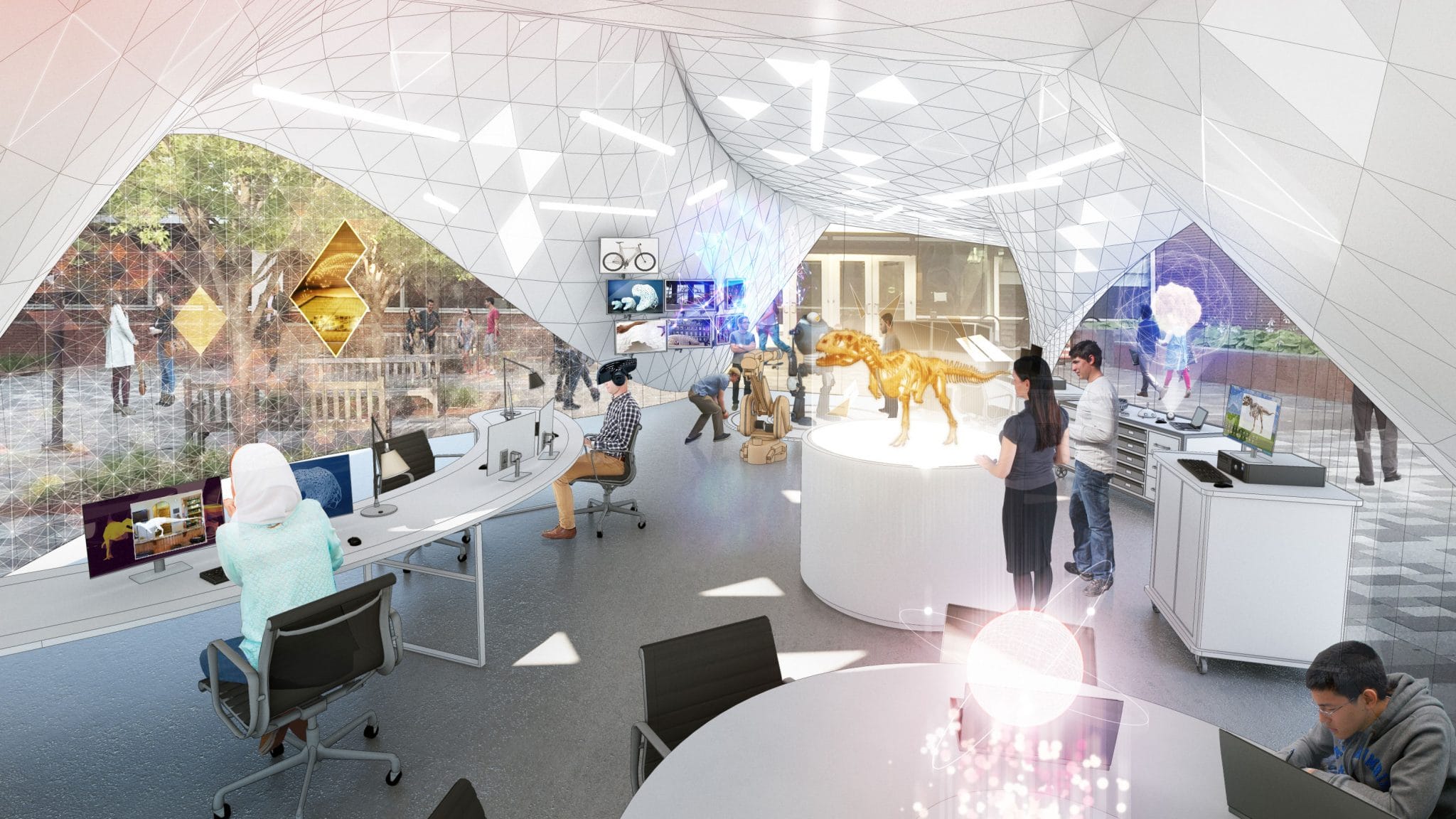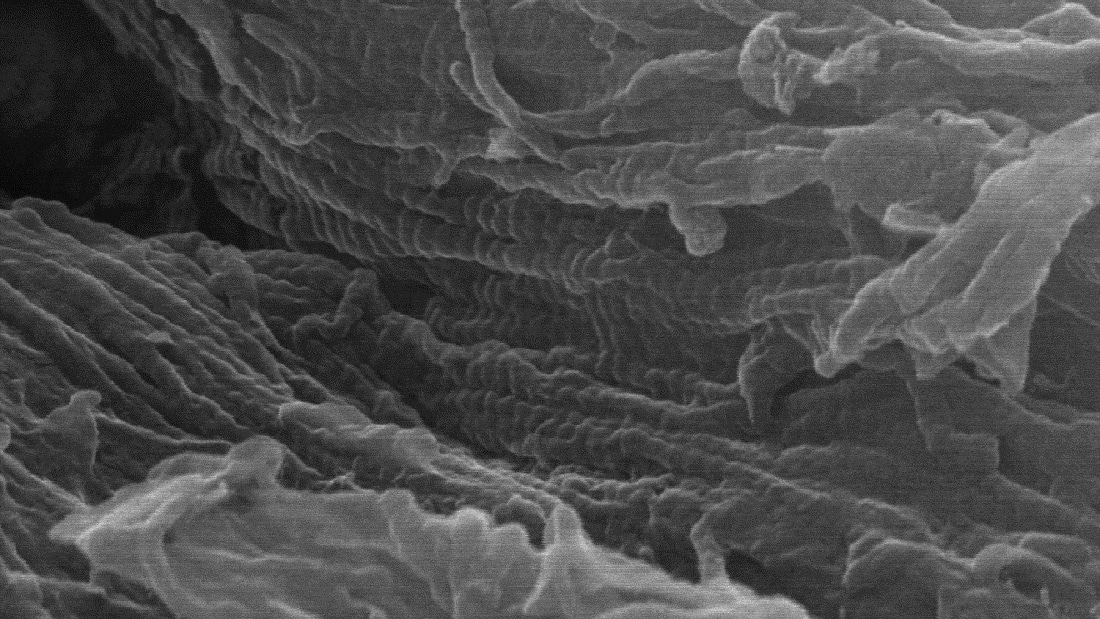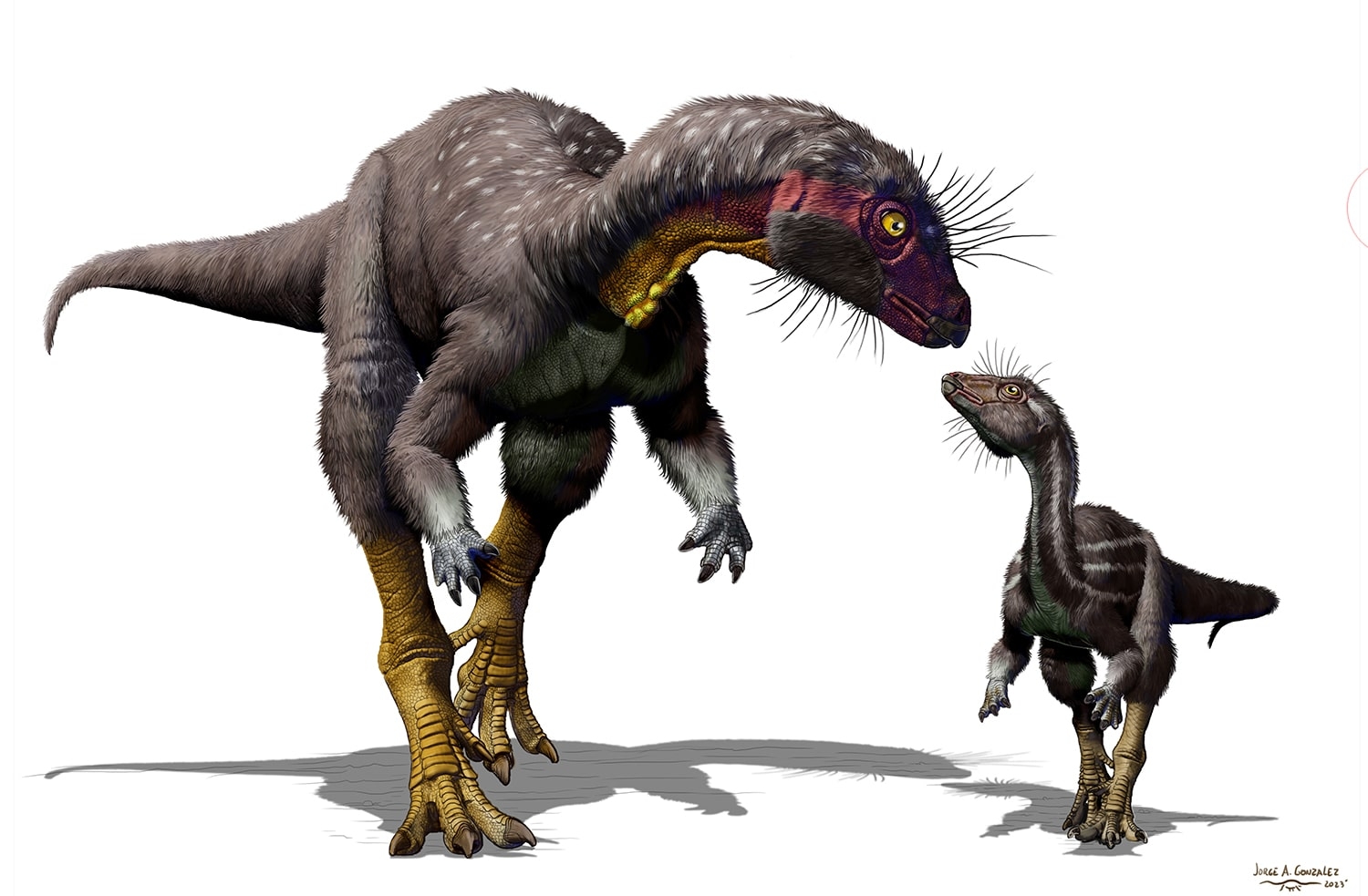Q&A: Dean Bill Ditto on the Imagination Corridor

Dean Bill Ditto shares his thoughts for reimagining campus into a one-of-a-kind expression of creativity.
Harrelson Hall has been demolished. What’s going up in its place?
The Harrelson site is in the middle of our historic North Campus, which provides a unique opportunity to build something special. We’re envisioning a distinctive “Crossroads” building that everyone will want to pass through and experience. The building would include Sciences laboratories and classrooms, but it would also be a bold expression of creativity that incorporates technology, visualization and the liberal arts. The site will be green space during the pre-construction planning and fundraising phases.
That building would anchor an “Imagination Corridor.” What’s the story behind that name?
We see this corridor stretching from David Clark Labs on the west to SAS Hall and our border with the College of Design on the east. NC State is obviously a science- and technology-focused place, but devising and testing a hypothesis involves a great deal of imagination and is informed by our links to other areas, such as the arts, design and the libraries. The corridor is a chance to show off these connections to the world, and the name reflects that. There would be nothing like this in the world.
What differentiates the corridor from a typical campus infrastructure project?
Our campus should be a destination for everyone who’s interested in science and the power of the human imagination. So let’s take a cue from the museum world and use the latest technology to exhibit our work. We can have gorgeous public displays that feature real research and pop-up labs that give visitors of all ages a chance to see how science is done. Every step through this corridor should get you excited about science, and that excitement is going to help us attract the very best students and faculty.
This seems like a giant project. How will it get done?
First, it’s about tapping the talents of the campus community, and that work has already begun. But it’s also about engaging our alumni and friends. Getting there will take time and considerable resources, but if we do this right, the world will want to come here and learn from us.
Any parting thoughts on Harrelson?
I wasn’t here during Harrelson’s heyday, but I know it provokes strong emotions from our alumni, faculty and students. There was nothing like it anywhere, so despite its many quirks there was something special about it. But I think its replacement will be an exciting, inspiring destination.
Note: The images below, created by the architecture and design firm Perkins + Will, don’t necessarily represent a formal design. Instead, they offer an exciting look at the possibilities.
- Categories:


